BoJ left monetary policy unchanged as widely expected. The forecast for fiscal 2024 CPI core was downgraded, whereas fiscal 2025 CPI core forecast saw a slight upgrade. Notably, CPI core-core forecasts for fiscal 2024 and 2025 were left unchanged at 1.9%, indicating a steady path towards achieving Japan’s 2% inflation target sustainably.
Under Yield Curve Control, BoJ kept short-term policy interest rate unchanged at -0.1%. Additionally, target for 10-year JGB yield remains around 0%, with an allowance for fluctuation below 1.0% upper bound. These decisions were made by unanimous vote.
BoJ noted, “Consumer inflation is likely to increase gradually toward the BoJ’s target as the output gap turns positive, and as medium- to long-term inflation expectations and wage growth heighten.” The central bank also acknowledged the growing “likelihood” of realizing this outlook, albeit with an emphasis on the continued “high uncertainties” surrounding future developments.
In the median economic projections:
- Fiscal 2023 GDP growth at 1.8% (down from October’s 2.0%).
- Fiscal 2024 GDP growth at 1.2% (up from 1.0%).
- Fiscal 2025 GDP growth at 1.0% (unchanged).
On the inflation front:
- Fiscal 2023 CPI core at 2.8% (unchanged).
- Fiscal 2024 CPI core at 2.4% (down from 2.8%).
- Fiscal 2025 CPI core at 1.8% (up from 1.7%).
- Fiscal 2023 CPI core-core at 3.8% (unchanged).
- Fiscal 2024 CPI core-core at 1.9% (unchanged).
- Fiscal 2025 CPI core-core at 1.9% (unchanged).




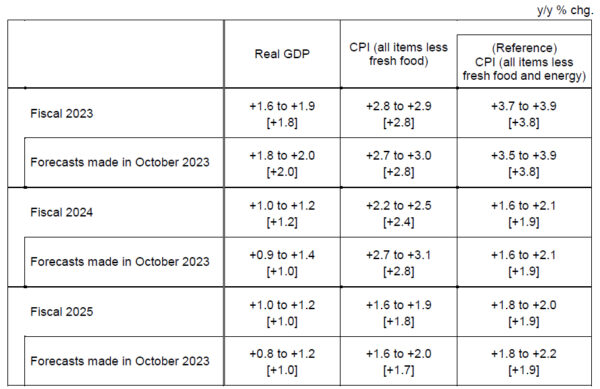
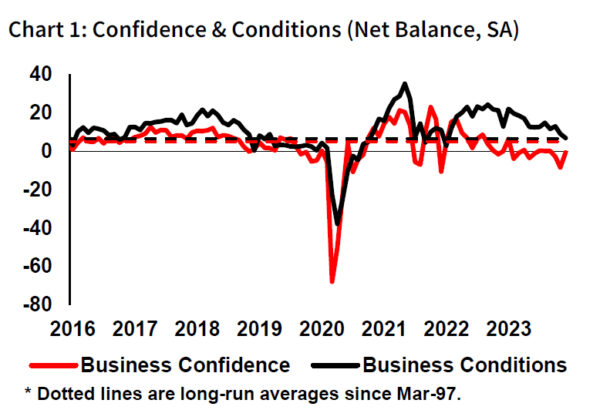
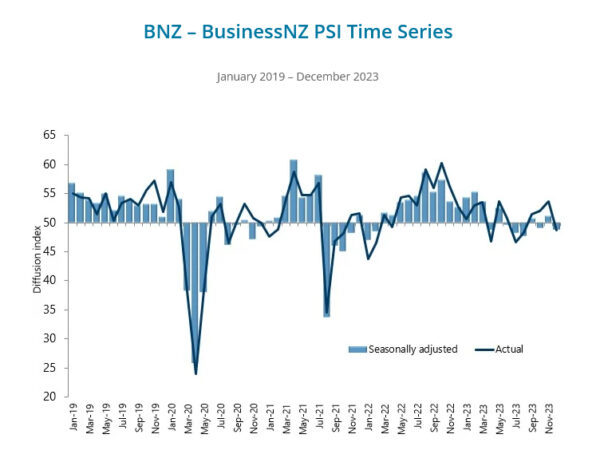
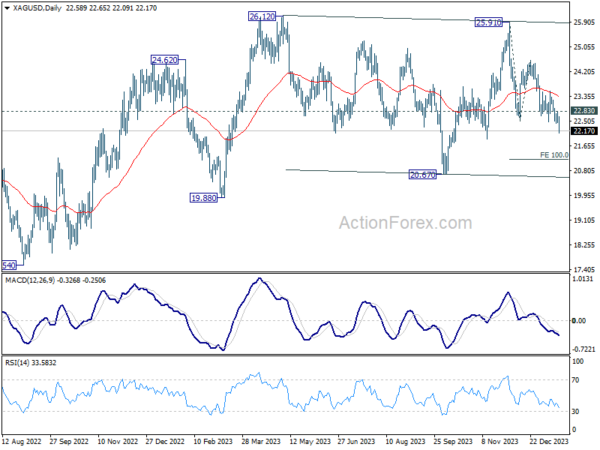
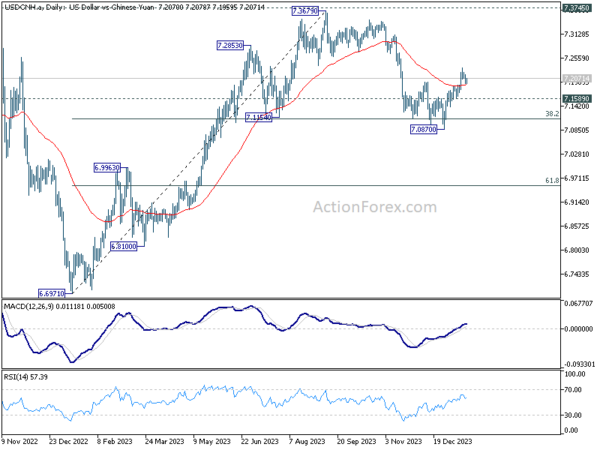
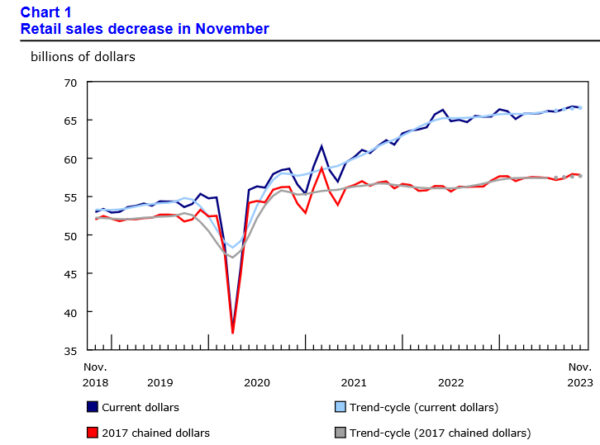
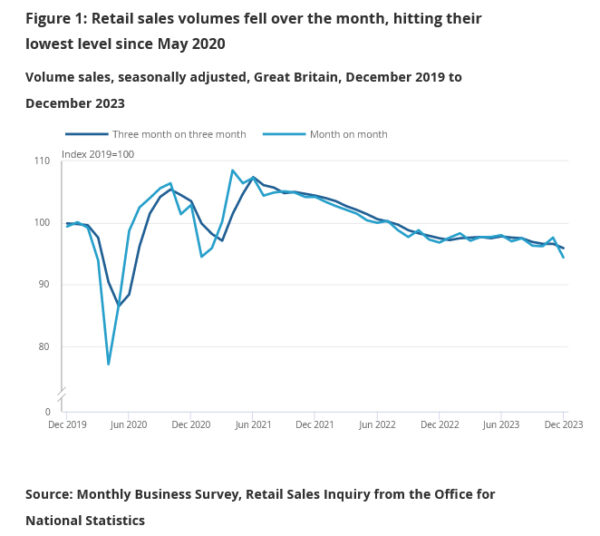
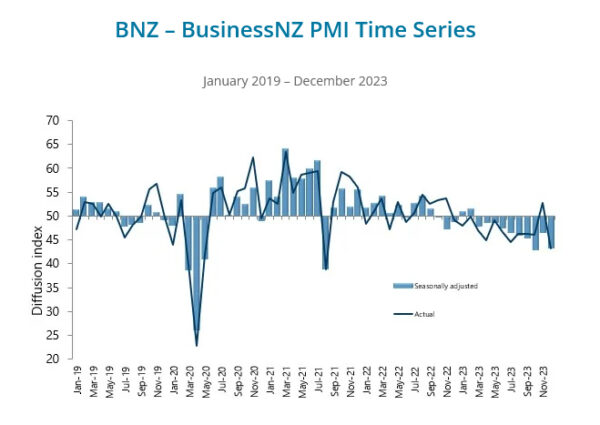
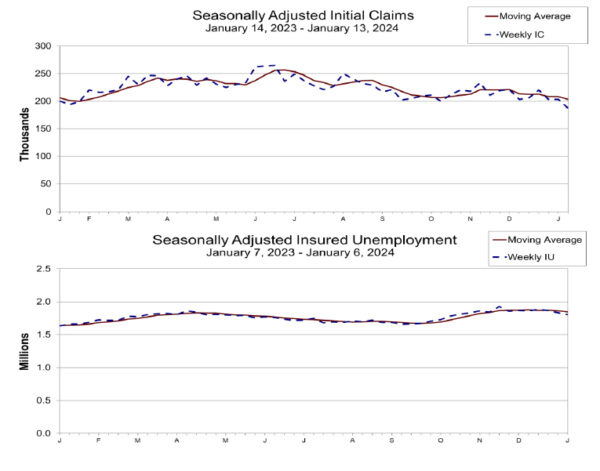
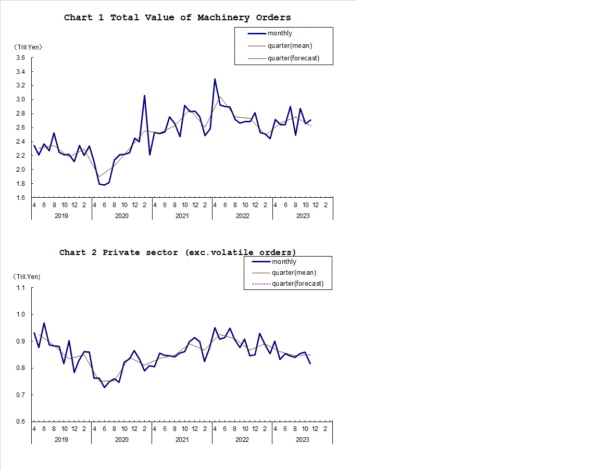
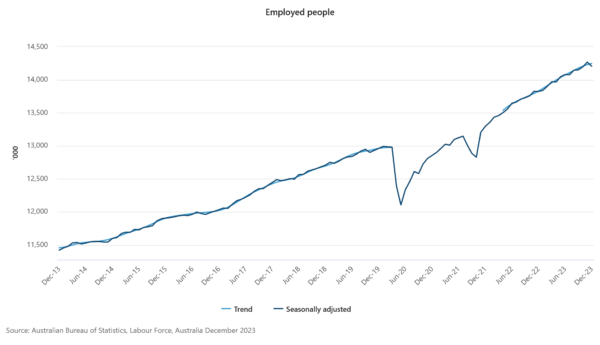
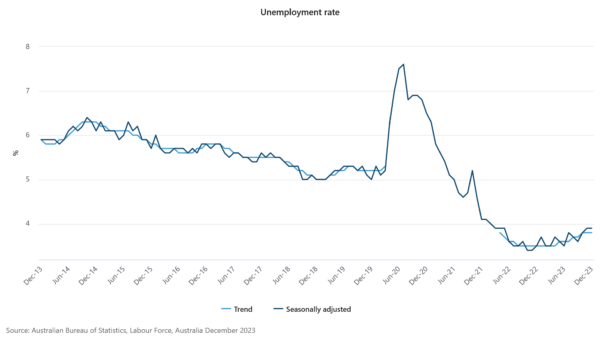
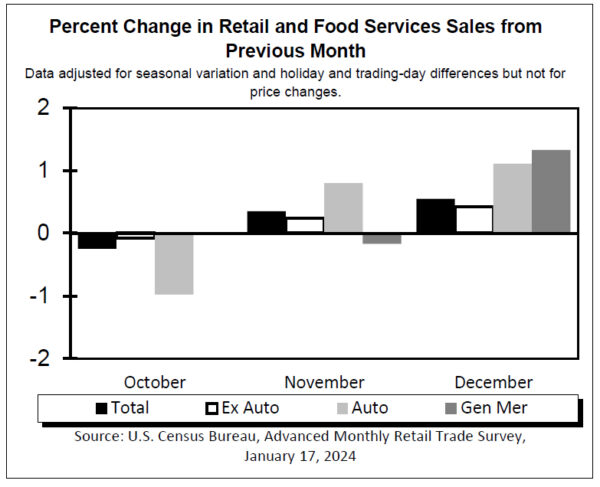
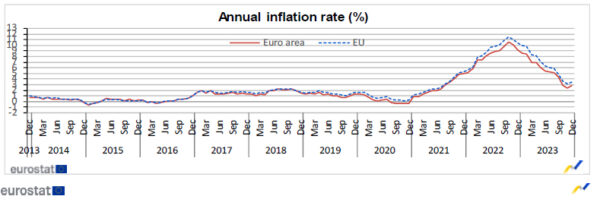
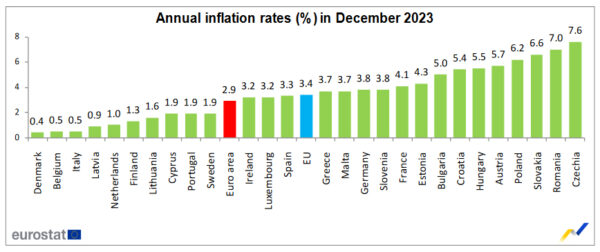

BoJ’s Ueda elaborates on inflation and wages, hinting at future policy shifts
During his post-meeting news conference, BoJ Governor Kazuo Ueda confirmed that the economy is aligning with the central bank’s inflation projections, adding “our core-core inflation forecast is at 1.9%, very close to our 2% target”. This closeness, he explained, significantly contributes to BoJ’s growing confidence in sustainably achieving its price target.
However, Ueda acknowledged the challenges in quantifying the exact progress towards this goal. He pointed out that recent movements in service prices have been influenced by several one-off factors and that consumption weakness is impacting these prices. BoJ is analyzing these trends by separating such factors, and Ueda believes that, despite these complexities, “service inflation is gradually accelerating as a trend.”
Ueda also addressed the timing of monetary policy adjustments in relation to wage negotiations. He suggested that waiting for the outcome of wage talks across all firms, including smaller ones, would be impractical due to the extended timeframe this would require. BoJ, therefore, intends to use various economic indicators and data from hearings to predict wage trends. Ueda emphasized the influence of larger firms’ wage negotiations on smaller firms and the availability of data on smaller firms’ profit outlooks as potential early indicators.